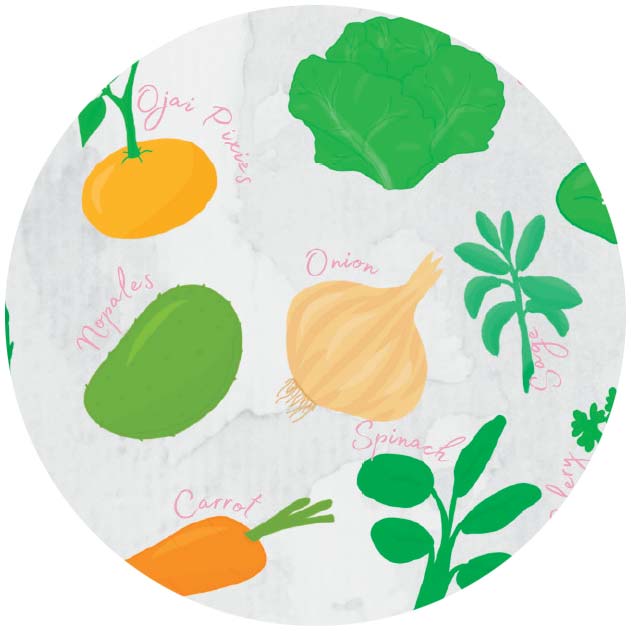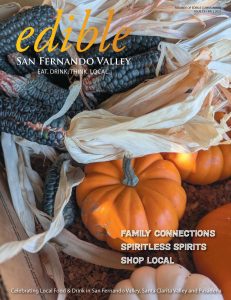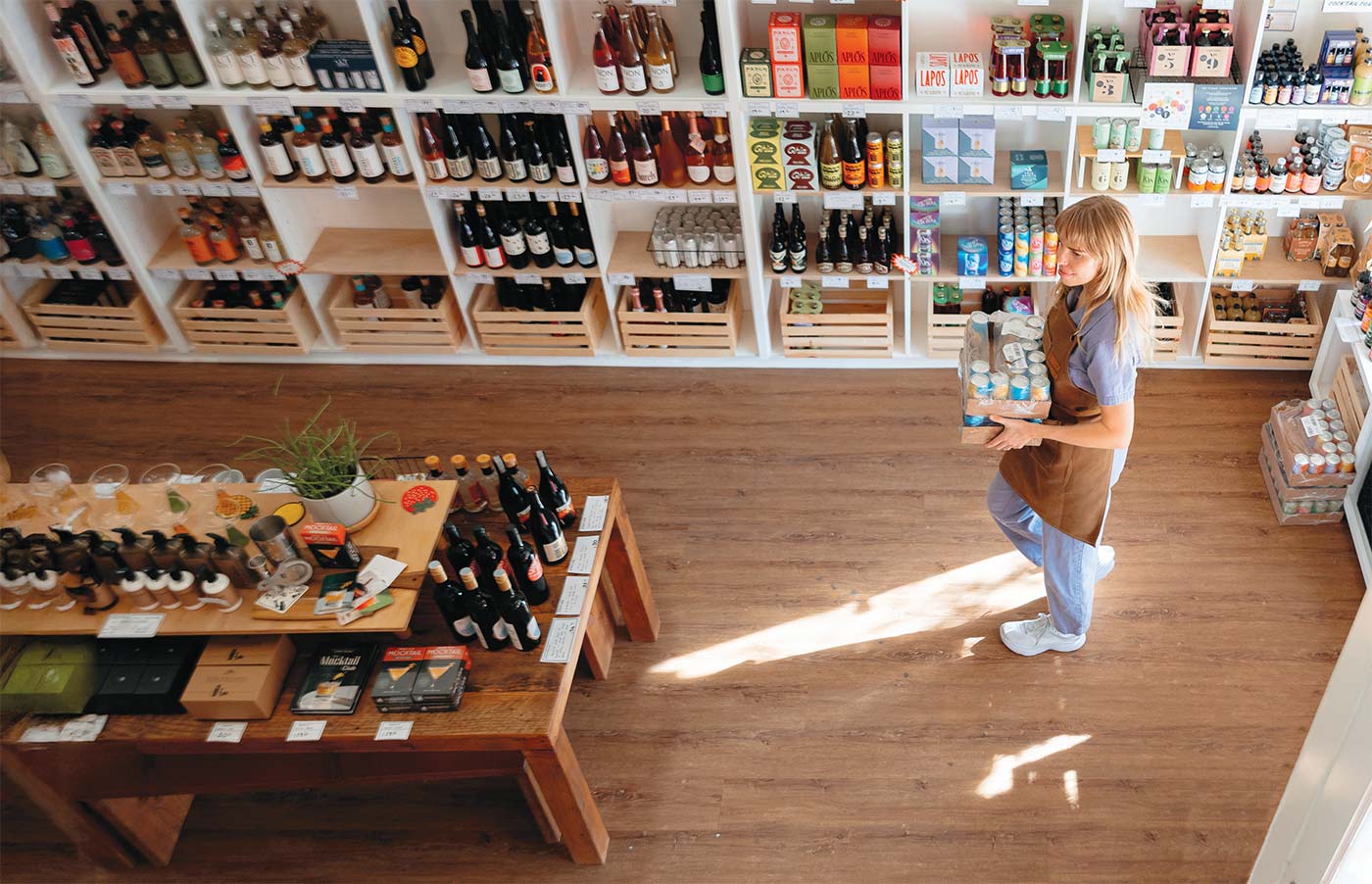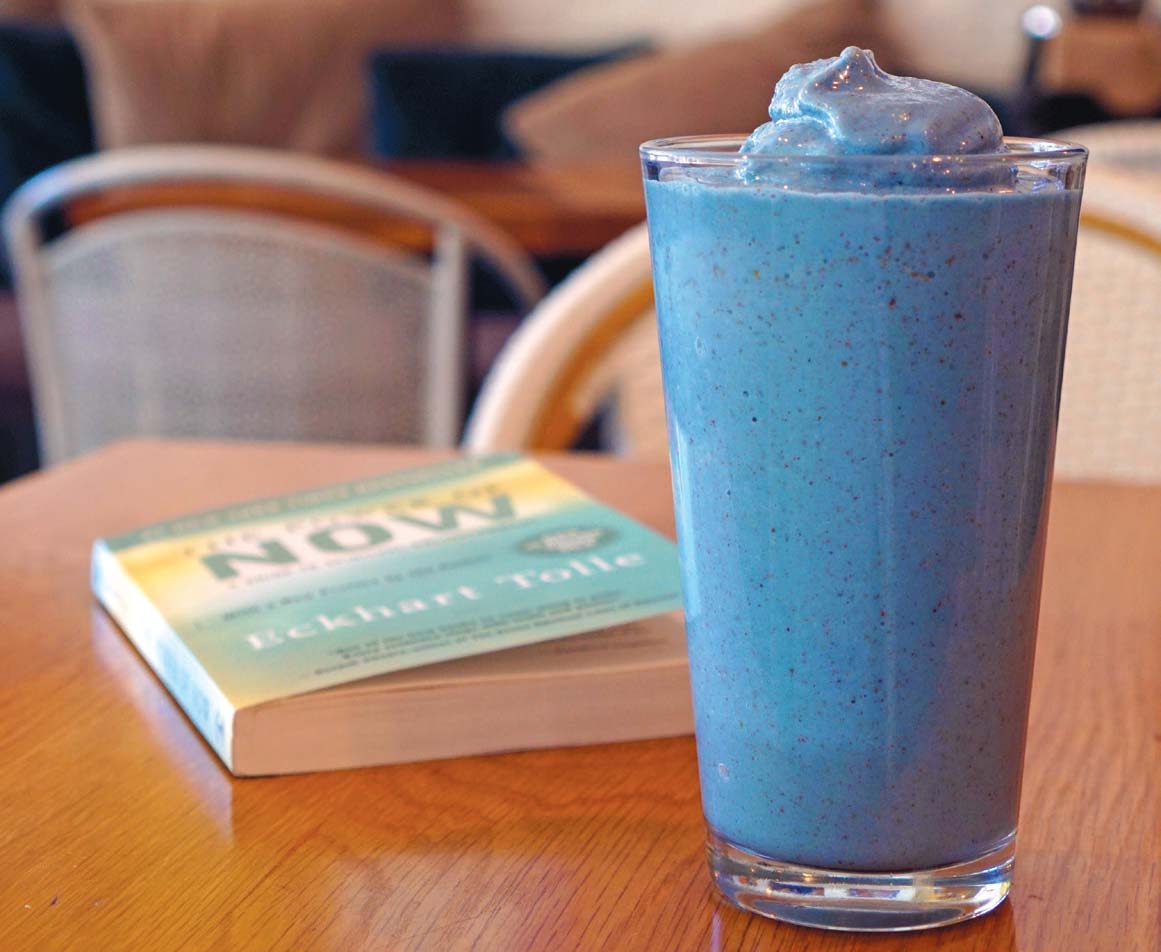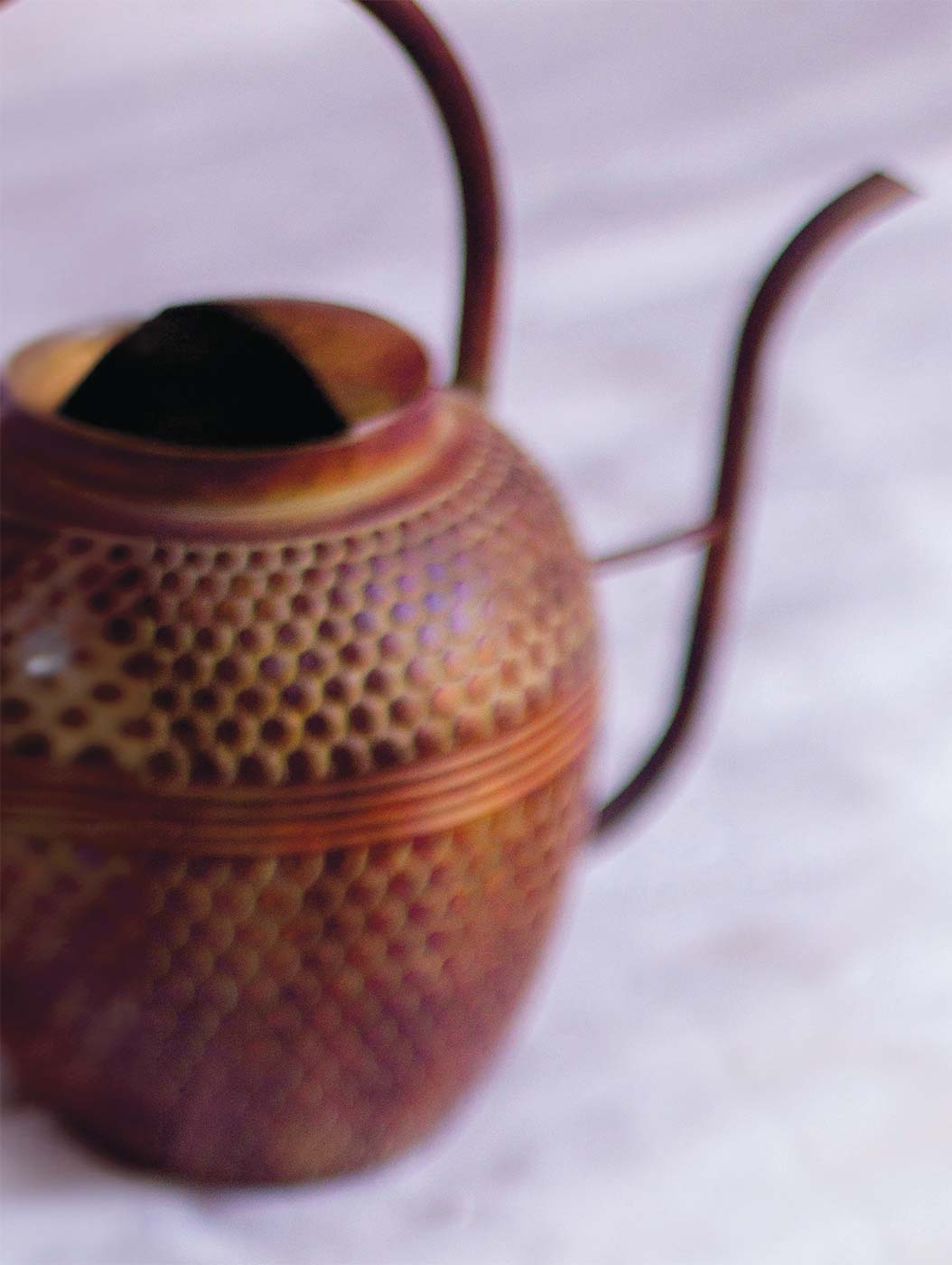
PHOTOS BY NAOMI HENRY
Most people are aware of tea’s power to energize, to soothe, to heal and to comfort with its aroma, taste and well-documented medicinal qualities. From the fruity, sweet teas of South Africa to soothing herbal brews, a cup of tea can stimulate mood, energy level, overall well-being—not to mention your taste buds—in endless ways that have been well-known for hundreds of years.
Less well-known are the ways it can be used in cooking to enhance and infuse aroma and flavor throughout a meal, from salad dressings to desserts.
And while half of the art of a good cup of tea comes from teasing out the layers of bold, spicy, sweet flavors, cooking with tea is an exercise in subtlety. Even strong, bold teas can be easily overpowered by other ingredients, so finding ways to bring out the essence of a particular tea requires an understanding of how to work with it to create layers of flavor.
Some years ago, I visited some local teahouses to see what I could learn about cooking and baking with tea. My first stop, The Healing Tree in Thousand Oaks, was an oasis of serenity and calm from the moment I walked in and heard the little bell jingling on the door. Large wooden cabinets lined the tiny apothecary and tea bar with rows and rows of heavy glass jars filled with countless varieties of loose-leaf teas.
Moe Lam, the store’s herbalist and partner, said that tea had been used as a garnish and in soups before it was drunk as a beverage, and that some restaurants in China cook with tea. Employee Alicia Bondio excitedly shared lots of tips and suggestions for using tea in dry rubs and brines, and we sampled a variety of Lapsang Souchong teas that could be used for those purposes. These Chinese black teas have a smoky flavor because the leaves are roasted over pinewood, and I knew that she was right—the strong woodsy aroma of this tea could be used to give a piece of meat a lovely smoky flavor.
“If you live in an apartment and don’t have access to an outdoor barbecue, brining meat all night in a tea like Lapsang before baking or grilling in the oven, gives a smoky flavor while keeping food moist,” Bondio said. “This is how I baked my turkey this year and it was wonderful.”
I took home a few ounces of Lapsang to try in the Indian-inspired smoked seabass recipe included below.
My next stop was All Things Tea in Camarillo, a European-style tearoom owned by Donna Kashola, who was initially inspired by teas that friends had brought back from other countries. She decided to source the tea herself and began selling online. In 2009, she opened the tearoom and still operates the online store.
Kashola carries 135 varieties of tea and is a Certified Tea Specialist by the Specialty Tea Institute. She compares teas by cupping them sideby- side and evaluating for their sensory characteristics including aroma, flavor and color. She also taps into tea’s healing properties by working with health practitioners to develop special blends for their clients.
The charming tearoom serves tea by the pot, along with pastries like scones, macarons and truffles as well as sandwiches and salads. Kashola also offers a traditional English tea service of scones, jams, sandwiches and, of course, tea.
“We like to use tea as an ingredient, like a liqueur, to give essence to foods,” Kashola said, adding that she is always on the lookout for ways to incorporate tea into the menu. They steep various teas—like apple spice or mint—in cream to make their chocolate truffles, and chai, raspberry or lavender tea in cream to make scones.
I tried a house-made French macaron with culinary matcha green tea and a filling of dark chocolate ganache that was beautiful to look at, slightly fragrant and not too sweet.
Kashola’s advice for using tea in cooking is, “Like wine, don’t use tea in food that you wouldn’t drink.” With this advice I picked up a couple of ounces of a lovely lemon rooibos tea and headed home with thoughts of a silky panna cotta steeped in this fragrant, citrusy tea.
STEEPED IN INFORMATION
Here are some ideas for cooking with tea.
STEEPING: Just like brewing a cup of tea, you can steep your tea leaves in milk, cream, broth or alcohol then add to recipes as usual. For example, steep Earl Grey leaves in cream for an Earl Grey crème brûlée. A delicate white tea would steep well with a Sauvignon Blanc and herbs to go with a mild fish, says Kashola.
GRINDING: The leaves can be ground and combined with other ingredients and used as a rub for meats. They can also be ground with sugar to add a layer of flavor to desserts. Use an orange blossom oolong with spices to make a rub for a roasted pork tenderloin, suggests Kashola. You can also use an herb grinder to make tea sugars, such as Earl Grey and lavender, to top shortbreads or scones, she says.
SMOKING: Use in place of wood chips when smoking meats or vegetables. Like wood chips, tea releases aromatic smoke that contributes flavor to foods. A mild smoky tea, like a Japanese green variety such as hojicha, would pair well with chicken or fish, she says.
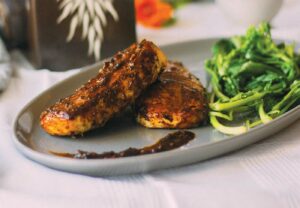
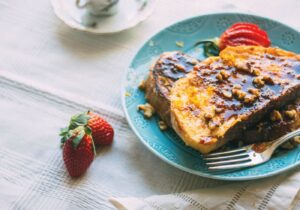
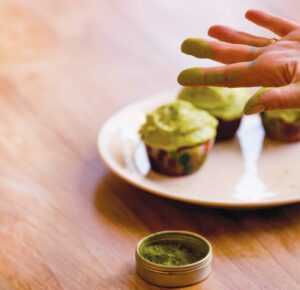
ABOUT THE CONTRIBUTOR
Deborah Pappalau is a Ventura County–based freelance writer and avid home
cook. She is the former editor of the online publication My Daily Find Conejo Valley and was one of the winners in the 2012 Los Angeles Times Battle of the Burgers and the 2016 Los Angeles Times Holiday Cookie Bake-Off.
